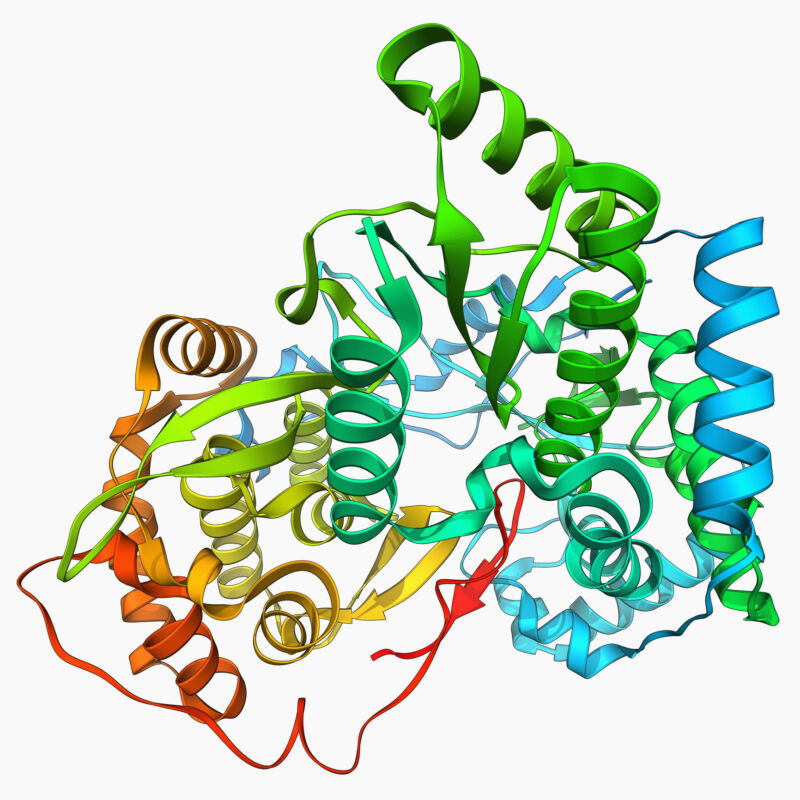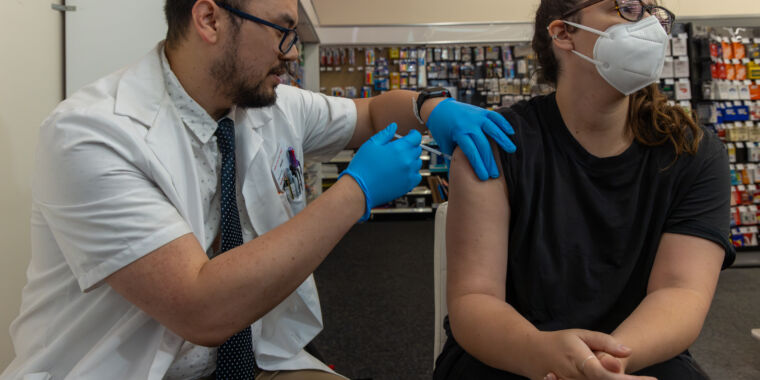
For most proteins, structure is function. The complex three-dimensional shapes that proteins adopt create folds and pockets that can accomplish the remarkably improbable: driving chemical reactions that would otherwise never happen or binding to a single chemical inside the complex environment of a cell. Protein structure is so important that there’s an entire discipline, along with several well-developed approaches, to figuring out what a protein looks like when it’s all folded up into its active state.
But that’s only most proteins. Scientists have also found a growing catalog of intrinsically disordered proteins. Rather than having a set structure, intrinsically disordered proteins seem to have entire sections that can flap around in the breeze of Brownian motion and, yet, were critical to the protein’s structure. People haven’t been sure whether these proteins temporarily adopted a specific structure to work or the disorder was critical for function.
Now, a new paper describes a case where two intrinsically disordered proteins induce specific structures in each other when they interact. And Google’s new AlphaFold AI software was critical to figuring out that structure.
Chasing disorder
Most studies of protein structures identify the positions of amino acids with a fairly high degree of certainty. However, many proteins had regions where these studies produced the equivalent of a blur, suggesting that part of the protein was in constant motion in the environment. A number of additional proteins also resisted structural studies entirely.
For many years, these were considered oddities that had little to do with each other. Eventually, people came around to the idea that this seemingly disordered state was not an experimental artifact but, rather, represented the protein’s actual behavior—and, in some cases, was essential to their function. The idea of intrinsically disordered proteins was a key conceptual breakthrough.
Since then, researchers have identified a number of ways these things function. In some cases, they can form a specific structure when interacting with a separate molecule. In others, they allow the formation of different structures depending on which molecule they’re interacting with. In still others, proteins seem to remain disordered even when functionally active. Figuring out which is the case for a given intrinsically disordered protein can be a serious challenge.
But that’s the challenge a group of researchers in Hefei, China, decided to tackle. They were interested in a protein called protein 4.1G, which, through its interactions with a protein called NuMA, is essential for cell division. The regions of both NuMA and protein 4.1G that mediate this interaction have been identified, and they’re both intrinsically disordered.
So how do you figure out what the proteins are doing?








